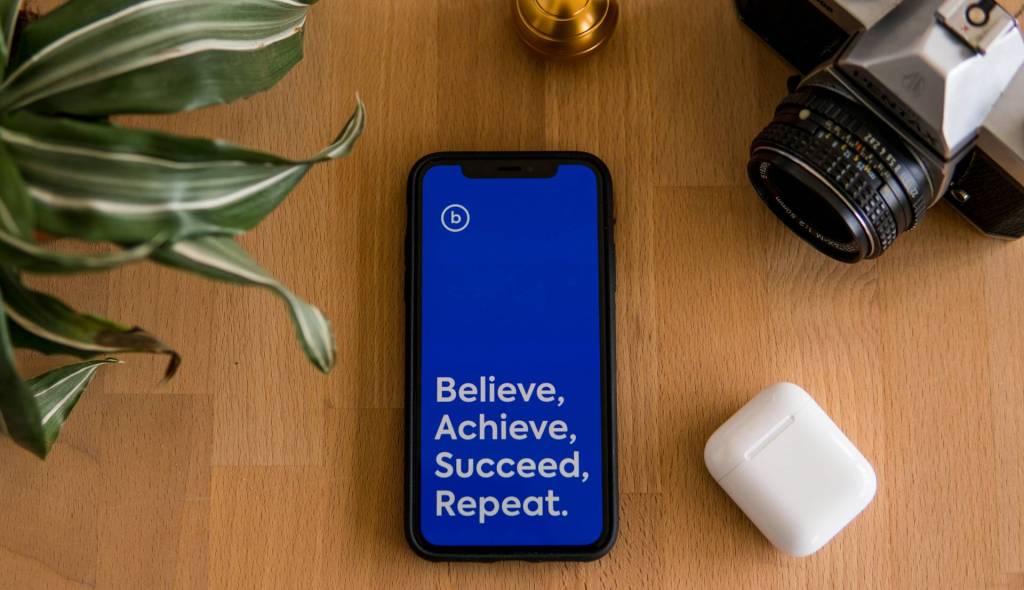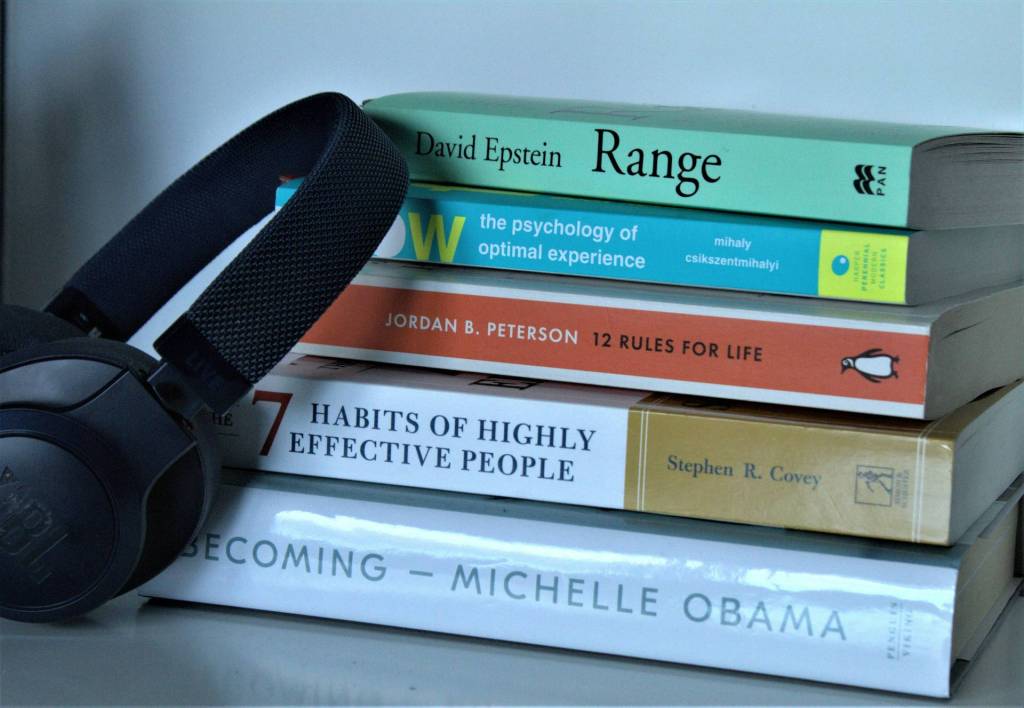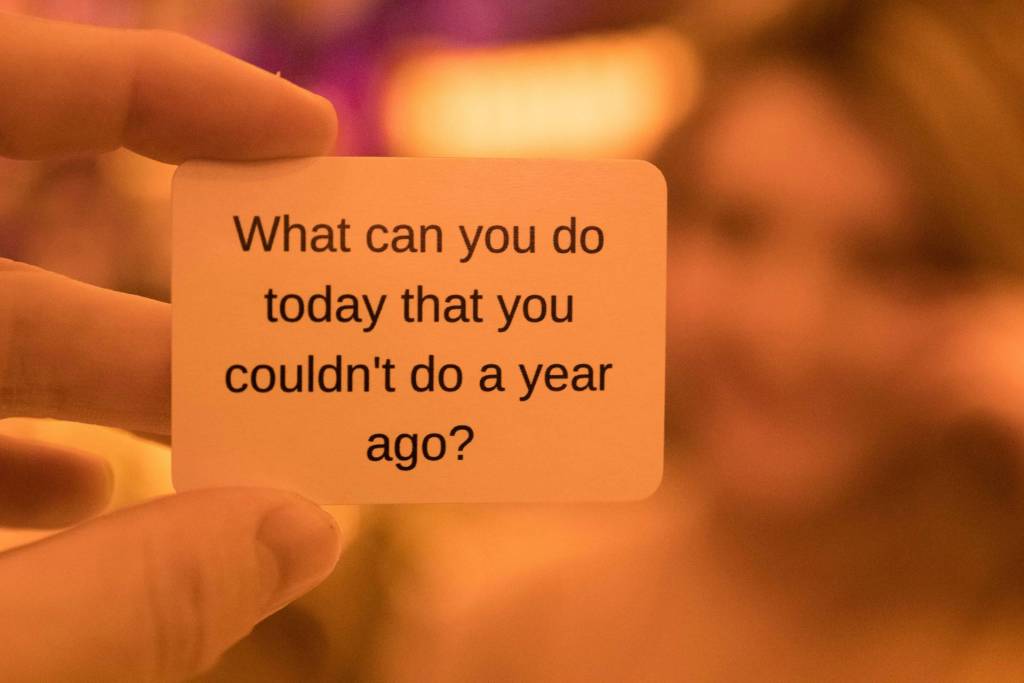On the surface, stress might seem like a good way to kick-start productivity, but studies show that when we are under stress we can’t think as broadly, widely or deeply. Stress can increase motor function but it decreases perception, cognition and creativity.
David Rock, author of Your Brain at Work and the co-founder of the NeuroLeadership Institute, studies the intricate mechanics of the brain, creativity and stress. Rock works with organizations using brain science to help leaders perform and manage more effectively. “Even a small amount of stress is noisy in the brain,” says Rock. The NeuroLeadership Institute surveyed 6000 workers, and found that only ten percent of people do their best thinking at work. Expanded technology, multitasking and a competitively demanding (or threatening) company culture, can add to the noise in the brain, which crushes creativity.
What Practical Steps can you take to decrease stress and increase creativity?
Rock has the following suggestions:
- Create a positive state
- Be positive in how you approach a problem
- Quiet the brain. That means reducing the neural activation, the numbers of neurons speaking to each other. Being quiet, not speaking
- Become internally focused. We can be more creative if we shut out what we see and hear in the moment. Practice mind wandering; effortlessly wander through thought, and cut down on external data.
- Stop working on a problem that you fail to solve. The non-conscious has the resources of the milky way.
- If you’re having a problem, switch to doing something else and let the non-conscious do the work.
In addition to Rock’s suggestions for steering the brain towards increasing creativity I suggest a few more ways to reduce stress that could help spur creativity:
- Realize you can’t solve every problem
- Be kind to yourself and find areas in your life that bring you pleasure
- Manage your energy not your time
- Put effort into problems that you can help solve
- Let go of dysfunctional relationships
- Stop thinking you can fix everyone else’s problems – some things are outside of your control and require acceptance
- Don’t expect yourself to be perfect
- Laugh more at yourself
- Develop strategies to improve in a few areas that you can change
- Disengage from conflict where there is no foreseeable solution
- Reach out to socialize with positive people
Now that you have a plan in place to reduce stress, is it possible to increase creativity or is creativity an innate characteristic? Dr. Puccio’s work at The University of Manchester debunks the myth that people are born creative geniuses, with a special gene that endows them with inventiveness. According to the latest scientific research, Puccio shows that’s hardly the case at all. It turns out anyone can be creative. You just have to know how to think creatively.
He says that in today’s hyperactive world—where bold new challenges can seem to bring about the same stale answers—creative thinking is more important than ever. And it’s about more than just writing a novel or composing a piece of music. Creative thinking involves taking a broader, more imaginative approach to analyzing and solving the everyday challenges we all face, whether in the office or at home. By training yourself to become a more creative thinker, you could: Develop and bring to fruition new answers to problems that once seemed daunting or unsolvable; Become more persuasive in how you present and sell your ideas; Avoid tired solutions in favor of novel ones with the potential for even greater success; Strengthen your ability to lead teams and organizations; And reach new levels of satisfaction and fulfillment in your daily life.
Because creativity is a set of skills that anyone can improve, you can learn how to wield the same research-based tools and techniques that today’s creative people use in their own work. Puccio believes that in order for you to become creative all you need is an open mind, a determination to succeed, and a creative toolkit to develop and hone the skills.
Puccio highlights the four major stages of this process. Each stage involves a different way of thinking and a different set of tools to facilitate greater creativity. And all of them can be adapted to fit the demands of your own particular challenge.
- Clarify: Once you’ve determined your problem and your goal, you need to identify the challenges (both obvious and hidden) you’ll have to address and overcome to achieve the results you want.
- Ideate: This stage is about generating ideas: good ones, bad ones, and ugly ones. It’s also where tools like brainstorming, brainwriting, forced connections, and even borrowing from others can lead you to out-of-the-box solutions.
- Develop: Now you need to focus on development, which involves taking your ideas, evaluating them, determining which ones are workable, and transforming them into solutions.
- Implement: Last comes the most tactical part of the process, in which you move the solutions from your own head into reality, using a plan that includes specific, measurable steps.
Learn the Tools of the Creative Trade
According to Professor Puccio, creative problem solving is a toolbox. He sheds light on how to maximize your creativity and increase your ability to solve problems and achieve your desired goals using the following techniques:
- Brainwriting: Traditional brainstorming sessions not fruitful enough? Try this silent method, in which participants write their ideas and swap papers with one another, using cross-fertilization to build on already written ideas or add entirely new ones.
- Solution enactment: A kind of dress rehearsal often used by tech developers, this tool involves acting out a proposed solution to see how it could be improved. It can also help you more effectively communicate abstract ideas and processes.
- Stakeholder analysis: To determine who can support (or hinder) the success of your plan of action, analyze the positions of those individuals who have a stake in your plan. Then, devise a set of specific actions aimed at gaining their support.
- How-How diagram: Designed to help move your solution forward, this webbing tool forces you to be more concrete by repeatedly asking yourself, “How do I achieve this solution?” in order to shift your perspective into concrete action steps.
While Puccio’s creativity toolkit can be extremely useful for those interested in using creativity to come up with imaginative approaches to problems, it may not help someone who is extremely stressed. Neuroscience research shows that when a person is stressed they cannot get their creative juices flowing no matter how good the instructor or the course curriculum is. If stress is holding you back from reaching your full potential, it might be time for you to stop pushing yourself harder.
Try taking a break from everything in order to recharge your creative battery. Do something that could relax your body and mind; take a road trip into the country, walk the beach, or take a hike in the mountains or in a local park to clear your head. Give yourself the chance to reflect on your life and reframe your challenges so you can come back to work with a positive outlook and a strategy for compartmentalizing your stress. Taking a conscious break from your work can allow you the mental space to renew your creativity. By becoming creative in how you deal with your stress you may even become more creative in handling other challenges.
Improving your outlook and your creativity could lead you to be more engaged, motivated and productive at work. These are the traits management looks for when deciding on promotions. So nip your stress in the bud today and start getting more creative.
Business leaders have more in common with artists, scientists, and other creative thinkers than they do with managers. -Abramam Zaleznik (2003)












